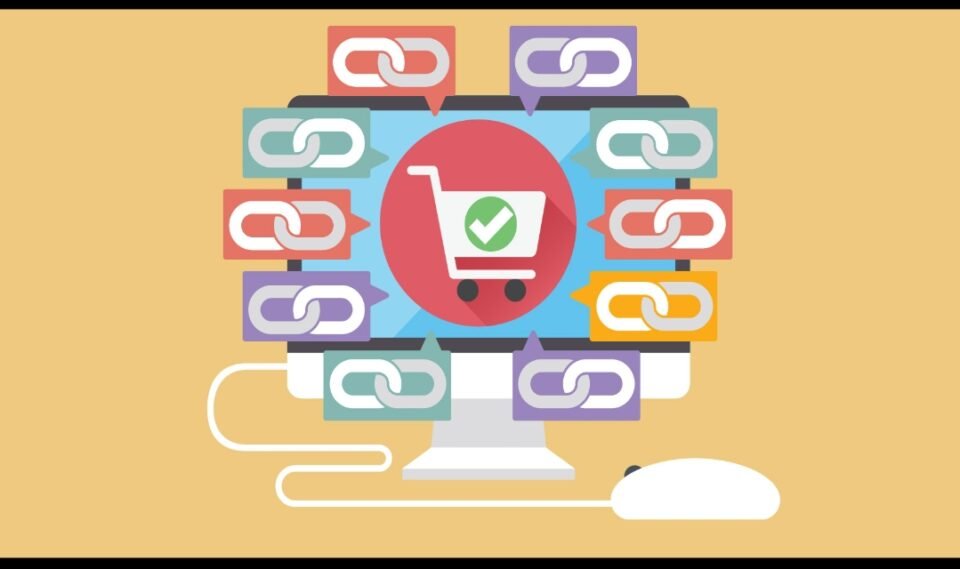E-tailers have been ruling the roost globally and account for a high percentage of total shopping revenue in the last few years. This trend is expected to continue, probably more rapidly than before.
What this has led to, though, is a vast array of eCommerce stores popping up, all vying to get the attention of the same pool of customers. Competition is healthy, but it can be brutal to your sales.
Building an impactful E-Commerce content marketing strategy
An innovative e-commerce content marketing strategy is paramount to helping your business stand apart from the crowd. Let us take a look at some of the key steps to build an effective e-commerce content marketing plan.
- Know Your Customer – Knowing your audience is the first step toward creating a customized marketing plan. This includes finding out their demographics (age, gender, location), shopping preferences, personality traits, monthly spending, challenges, and concerns, etc. Your e-commerce content marketing strategy should be directed to garner their attention while being able to address their concerns and give them a solution to their challenges.
- Identify Their Preferred Medium – People consume content differently. While some still prefer personalized emails, the millennials like to read blogs or social posts. GenZ has an inclination towards skimmable content and audio-visual interactions such as reels or videos. Knowing your target audience’s preferences will help you generate content that caters to their needs and connects with them effectively.
Another tip is, do not to stick to a single medium. Omnichannel e-commerce content marketing that deploys blogs, infographics, carousels, videos, podcasts, reels, knowledge articles, etc, is known to be one of the most potent and effective ways of engaging with current and potential customers.
- Focus On Quality – Truly impactful content is mostly original in nature, offers insightful details, and is easy to absorb. These criteria are not just favored by the audience, even Google and other search engines rank content based on such factors. Naturally, the higher your content ranks, the higher it features on search lists. This, in turn, increases the likeliness of the shopper to visit your site and explore your catalog.
Measuring the impact
Now that you know how to develop a robust e-commerce content marketing strategy, you should also know how to measure its efficacy. This will help you understand what is working for you, what to avoid, and what to rethink. After all, every activity has a cost associated with it, and your e-commerce content marketing budget should be optimally utilized to maximize its return. Here’s how to do so.
- Use KPIs – Key Performance Indicators (KPIs) are a good measure of the potency of your e-commerce content marketing efforts. Some of the telling KPIs are:
- Website Traffic – Having SEO-rich content in blogs and posts ranks your site higher in the search engine result pages (SERP) of Google, Yahoo, Bing, etc. Regularly tracking your traffic numbers will help you assess if your content is getting the attention it was intended, or if you need to revise your content.
- Conversion Rate – Eventually, all e-commerce content marketing efforts are aimed to generate sales. While the traffic number shows how many people visited your site, your conversion rate shows how many people actually made a purchase. A low conversion rate is a sign that your content is not attractive enough for visitors to buy your product or services.
- Cart Abandonment Rate – The opposite of the above KPI is the cart abandonment rate. A high rate tells you that your product description, images, and other content weren’t compelling enough for shoppers to complete the purchase.
There are several other KPIs that can be tracked to measure the impact of your e-commerce content marketing. These include page views, time on site, click-through rate, average order value, return rate, etc.
- Use Analytics Tools – While the KPIs can paint a fairly accurate picture of the impact your content is making, you need the right tools to track, collect, and assess them. Google Analytics, SEMrush, and Ahrefs are some of the popular tools that are used to make meaningful information out of individual KPIs. The result is then used to revamp or tweak the marketing strategy for improved results. If doing the analysis in-house is too much of a hassle for you, then you can outsource to one of the several agencies specializing in this activity.
- Take Direct Feedback – Sometimes hearing directly from the customer can be the simplest and most effective way to measure their experience with your content. Using surveys, polls, and questionnaires you can understand what worked for them and what didn’t, and utilize the results to update your content.
Wrapping it up
Compelling content that engages the audience is known to make a big impact on an eCommerce business’ sales and reputation. Before you set about building and measuring.
the impact your content generates, firmly establish your goals first. Different goals such as online traffic, leads, sales, brand awareness, etc. should have an e-commerce content marketing plan tailored to it and the measurement metrics used accordingly.


